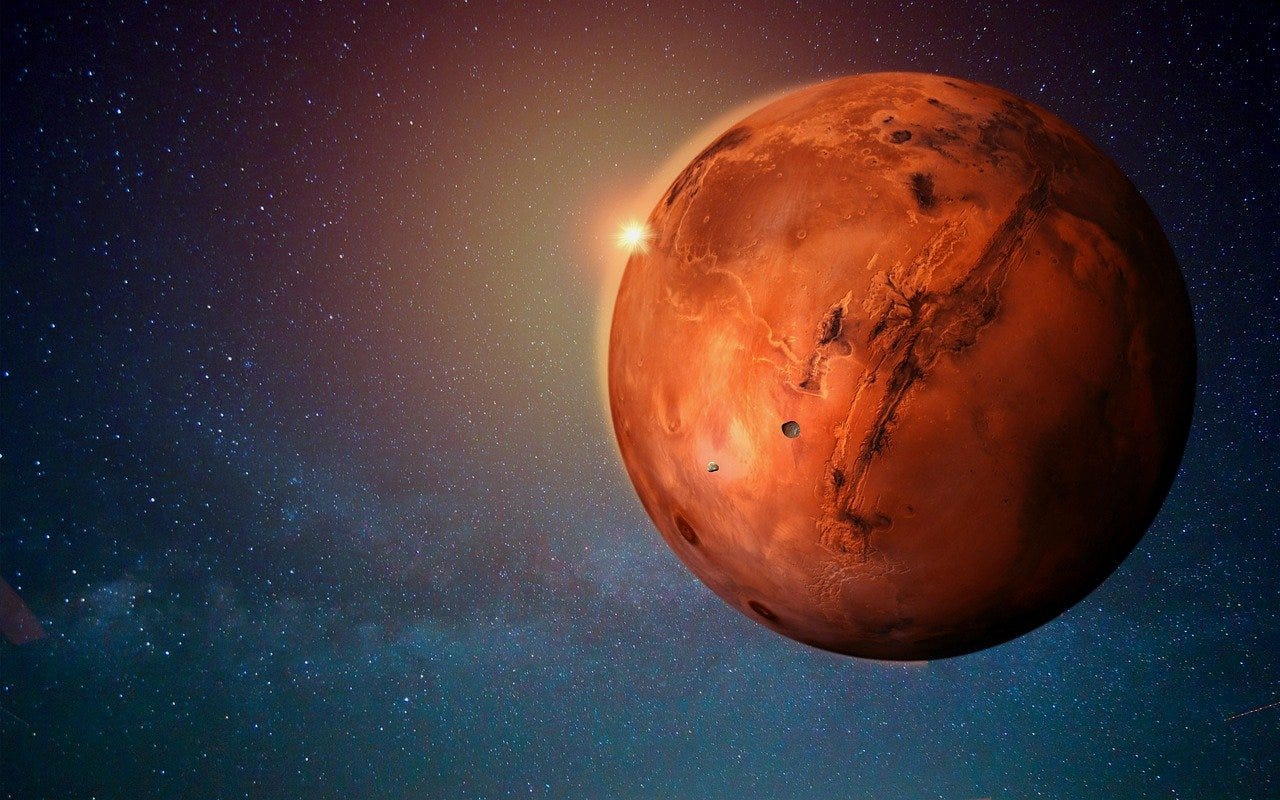There’s a point when the universe hints, maybe something’s up. NASA’s Perseverance rover spent years looking around, and has now found stuff that hints super hard that tiny old life may have been on Mars a long time ago. Before we say it’s real, there’s a bunch to figure out — what looks good, what we are asking, and what hopes we have with being careful when looking at what was found.
What the Rover Found
Perseverance went around Jezero Crater, and in July 2024 it took a sample from a rock called Cheyava Falls. That rock is from the Bright Angel thing in an old valley called Neretva Vallis.The sample now referred to in some analyses as Sapphire Canyon is from clay‑rich mudstone formed between about 3.2 and 3.8 billion years ago, back when water is believed to have flowed on Mars. When scientists examined it, they saw ring‑shaped and dark features “leopard spot” patterns as well as minerals like vivianite and greigite, which on Earth tend to be associated with microbial activity. In addition, organic carbon, phosphorus, sulfur, and iron in certain forms were present. The “leopard spots” and reaction fronts in the rock seem less likely to be mere geology, although that possibility cannot yet be ruled out. As Nicky Fox, NASA’s associate administrator for Science, put it: “this is the closest we’ve actually come to discovering ancient life on Mars.” But even she emphasizes that this is not proof of life rather, it’s a “potential biosignature.”
What Still Needs to Be Confirmed
Here’s where things get scientific and why experts are being cautious. Many of the same minerals and textures can form through non‑biological processes. Heat, pressure, chemical interactions without microbes all of these need to be ruled out. The sample is still on Mars. To really test the “life” hypothesis, scientists would dearly love to bring it back to Earth, where more advanced labs can probe it. The Mars Sample Return mission is meant to do that, though budget, logistics, and time are major constraints. Another unknown is whether the environment preserved these signatures for billions of years without destroying them. Mars can be rough. Radiation, dust storms, and ultraviolet light can wreck organic stuff.
What It Means to Us
This stuff isn’t just cool for science; it hits us on a deeper level. It makes that old question feel real.Are we the only ones out here? If life was ever on Mars, even tiny life, it switches up how we see life in space.It’s exciting for the Mars mission. Perseverance, after all those years and miles, fighting through dust and studying rocks quietly, finally paid off all the work, wonder, and smarts of the team. It gets you thinking. Maybe someday humans will go there. What will they see when they walk on those old riverbeds and touch rocks that once had water?
Things to Think About This also shows some challenges and stuff to watch out for:
Money and plans Getting those samples back is gonna be tough and expensive. Money is tight, so it might take longer than we thought. Keeping missions like Perseverance going strong is super important.Talking about science simply People want big news like WE FOUND LIFE! Scientists need to be careful about getting people excited while not saying more than they know. If they screw that up, the public might stop trusting them.Tech has its limits: The stuff on Mars is awesome, but it’s not as good as what we have in labs back on Earth.Getting that rock sample back and preserved in pristine condition will be essential for more definitive tests.
What’s NextSo
what happens now, and what should we watch for?- Further study of Cheyava Falls and its sample, including more detailed imaging, spectroscopy, and comparisons with Earth analogs clay‑rich ancient lakebeds, river sediment that preserve microbial life on Earth.Progress or delays in the Mars Sample Return mission getting samples back to Earth is, for many scientists, the single most important next step.Broader searches in different martian environments other riverbeds, lakebeds, perhaps underground or in sediment layers that might have sheltered life. Continued interdisciplinary research geology, chemistry, astrobiology working together to distinguish biology from geology.










